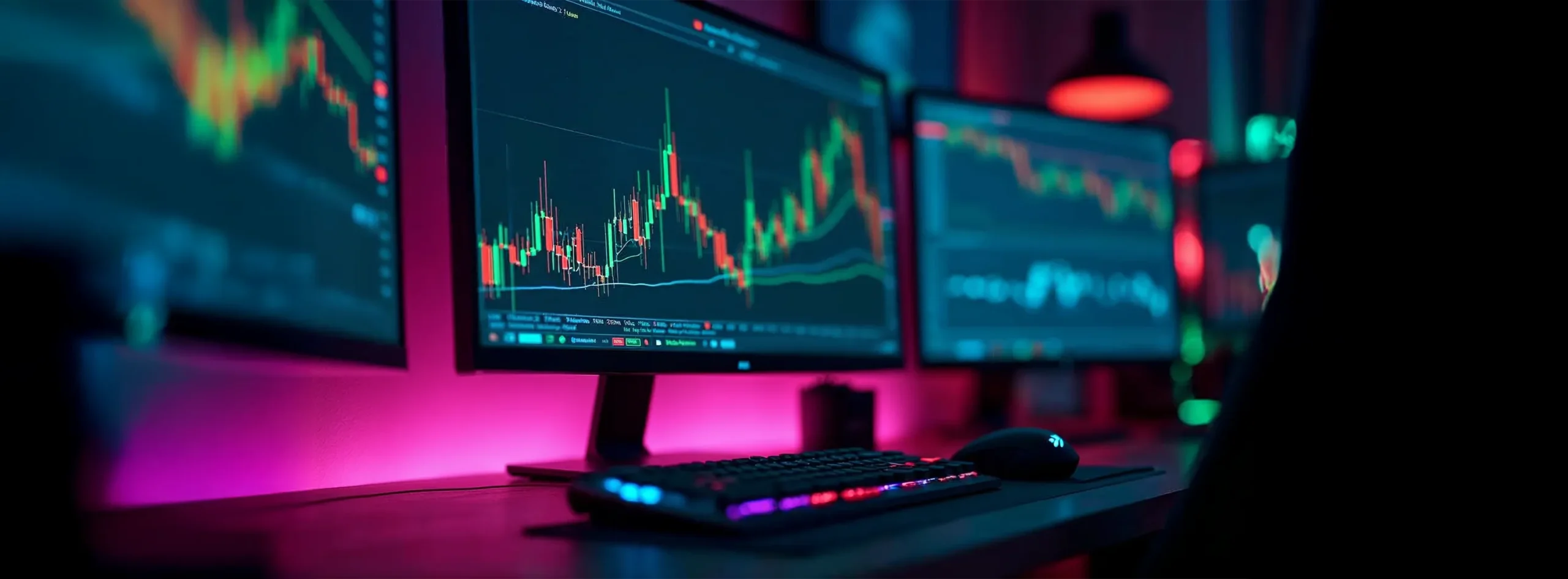A Pause in the Storm: How a “Wait-and-See” Fed and a Blocked Tariff Are Resetting the Global Macro Chessboard
A Pause in the Storm: How a “Wait-and-See” Fed and a Blocked Tariff Are Resetting the Global Macro Chessboard
Overview
This week delivered an unusually dense packet of catalysts: a dovish-leaning set of Federal Open Market Committee (FOMC) minutes, a U.S. federal court’s lightning-bolt decision to block President Trump’s “Liberation Day” tariffs, and a data mix that whipsawed bond yields, commodities, and every major currency cross. In spite of the headline noise, a unifying theme is emerging: macro uncertainty is both the principal risk and the principal opportunity. Below we unpack what happened, why it matters, and where the next inflection points may surface.
1. FOMC Minutes—A Masterclass in Strategic Ambiguity
Key take-aways
Elevated dual-risk narrative. Policymakers agree that the simultaneous threat of sticky inflation and softening labor data raises the odds of “difficult trade-offs” later this year.
No bias toward easing—yet. The Committee judged that it is “well positioned to wait for more clarity,” echoing recent public remarks from Barkin, Goolsbee, and Kugler.
Tariff drag recognized. Staff economists explicitly cited Trump’s tariff framework as a potential drag on activity larger than previously assumed—an acknowledgement that fiscal-trade variables are now an essential input into the policy reaction function.
Market response
Treasury yields rose 4–6 bp across the curve and the 2s-10s slope bear-steepened ~1.6 bp. Importantly, the rise occurred without a parallel lift in terminal-rate expectations: eurodollar futures continue to price the first full cut only after the September meeting. Translation—bond traders are demanding term-premium compensation for cross-currents they cannot quantify.
2. Currency Market Fallout—Dollar Buoyancy With a Caveat
DXY +0.37 %. Broad dollar strength was driven less by rate differentials than by safe-haven flows unwound after the court decision.
EUR/USD: Bears leaned on rising U.S. yields; the pair flirted with the 21-DMA and daily cloud top near 1.1280 while momentum oscillators rolled over.
USD/JPY: The textbook beta trade on yield differentials marched to 145.08 and threatens a break into the 147 cloud top.
GBP/USD and AUD/USD: Both pairs surrendered 0.27 – 0.40 % as firming U.S. yields and commodity softness overwhelmed local narratives.
Structural context—hedging flows. The Breakingviews note on self-perpetuating dollar weakness underscores that roughly $17–24 trn of foreign holdings of U.S. assets remain unhedged. A regime shift in dollar-equity correlation (April’s simultaneous fall) could eventually flip exporters into systematic USD sellers—but that is a medium-term, not overnight, dynamic.
3. Commodities—Oil Bid, Copper and Gold Offered
WTI +1.74 %. OPEC+ left quotas unchanged; Alberta wildfire-related shut-ins added a geopolitical premium.
Copper –1.27 %. A stronger dollar and signs of softer Chinese imports undermined the metal’s cyclical narrative.
Gold flat-to-lower. Spot traded to a one-week low at $3,273 as dollar strength offset lingering inflation hedging.
4. Equity Pulse—Rotation Rather than Capitulation
The S&P 500 slipped 0.17 % after Tuesday’s AI-fueled surge but futures rallied 1.6 % in Asia once the tariff ruling crossed. U.S. megacap tech remains the pain-trade higher (witness Nvidia’s 5 % pop after hours) while cyclicals continue to lag. The implication: investors are paying a scarcity premium for secular growth precisely because policy fog clouds everything else.
5. Scenario Map—Key Paths From Here
6. Investment Playbook—Turning Uncertainty Into Optionality
Duration-barbell: Own short-duration high-grade credit for carry and a slug of TIPS or real-yield proxies to hedge a stagflation surprise.
Long-USD call overlays: The decision tree skews to episodic dollar spikes; owning cheap topside optionality is preferable to outright longs.
Commodity dispersion: Stick with crude (policy-induced supply constraints) while underweighting industrial metals vulnerable to China softness.
Equity factor tilt: Maintain exposure to quality-growth (AI, cash-rich tech) but fund it with cyclicals tethered to the global PMI cycle.
Dynamic FX hedging: For non-U.S. allocators, incrementally lift hedge ratios on bond portfolios first—equity hedges can follow if the correlation regime shift proves durable.
Bottom Line
Never before have the twin engines of policy—monetary and trade—been so visibly entangled. A data-dependent Fed can wait; multi-trillion-dollar capital pools cannot. The market’s immediate verdict on the tariff court ruling was risk-on, but forward volatility markets tell a subtler story: premium sellers are demanding fatter cushions after the bounce. That asymmetry is your compass. Navigate with nimble hedges, respect cross-asset signals, and remember that policy lags are measured in months, not minutes.



